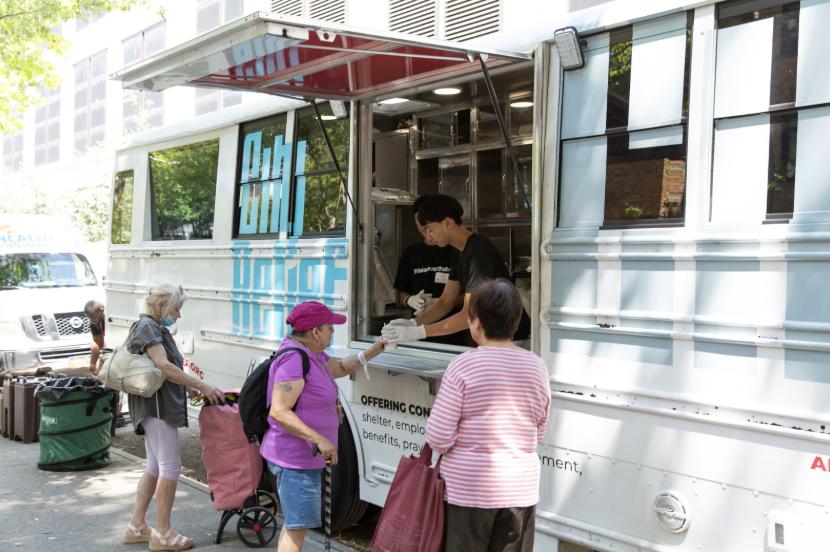The High Cost of Cheap Food
A while back, I met a woman who had just moved into a shelter after months of living in her car. She told me she'd been eating fast food almost every day, not because she liked it, but because it was the only thing she could get. No kitchen. No fridge. No place to store leftovers. She was working odd jobs and surviving day-to-day, so anything that required prep or cleanup was off the table—literally. That left her with the dollar menu.
For her, like so many others, fast food wasn't a preference. It was survival.
But it was taking a toll. Her joints ached. Her energy crashed every afternoon. She couldn't sleep. Her blood pressure was climbing. And still, she had no other options. I know when I voluntarily eat junk food on vacation or while I'm traveling, it always impacts my overall wellbeing and mental health. For too many people, there is no "choice."
This is more common than most people realize. In 2023, 38.7 percent of households with incomes below the Federal poverty line were food insecure, meaning they don’t have reliable access to enough affordable, nutritious food. And in New York City alone, more than 1.2 million residents—including 1 in 4 children—experience food insecurity every year.
We often blame people for making "bad choices," but the truth is, most of them never had real choices to begin with. When you’re juggling scarcity, trauma, exhaustion, and instability, convenience becomes necessity. And in our food system, convenience is often the most dangerous thing on the menu.
Cheap, processed food may fill an empty stomach, but it also fuels a long list of preventable illnesses. In fact, poor diet is the leading cause of mortality in the U.S. due to the direct relationship with diet-related chronic diseases, disproportionately affects underserved communities, and exacerbates health disparities. According to the CDC, adults living below the poverty line are more than twice as likely to have diabetes than those with higher incomes.
And these aren't just personal problems, they're public ones. The effects of chronic poor nutrition show up everywhere: in our hospitals, our schools, our emergency rooms, and our economy. Hunger and health are directly connected, and ignoring that connection costs all of us.
This is why simply "feeding the hungry" isn't enough.
If the meals we offer are high in sodium and sugar, or low in nutrients and dignity, we're not solving the problem, we're just delaying it. Food should build resilience. It should support healing. It should be a tool for recovery, not another barrier to it.
People don't just need calories. They need a fighting chance at health, wholeness, and hope.

